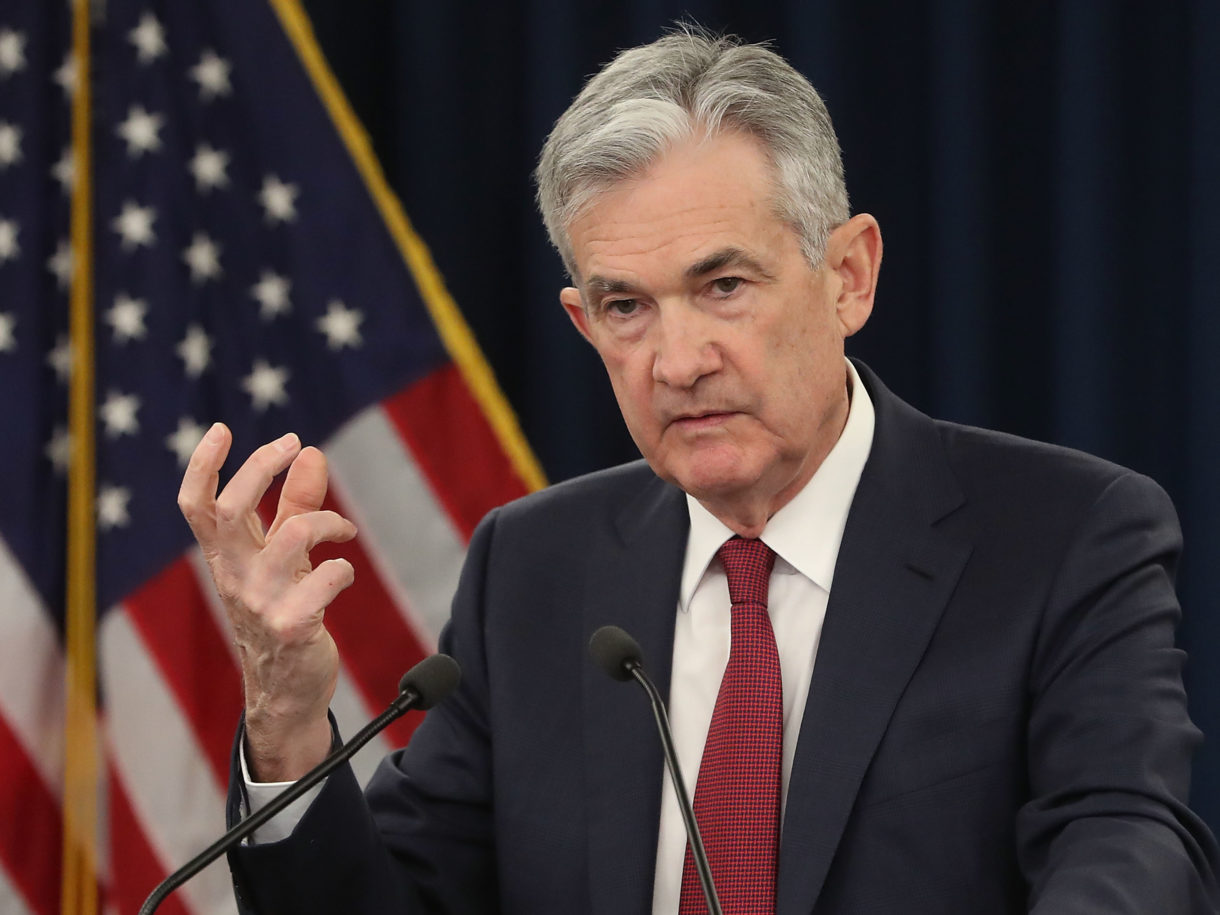Updated at 5:30 p.m. ET
The economy is growing at a “solid rate” and inflation is hovering near the Federal Reserve’s target, the central bank said Wednesday. As expected, the Fed did not raise its key interest rate. But in a reversal from December, the Fed said it will be “patient” as it decides when to change them again.
The announcement came at the end of a scheduled two-day meeting, the first of the new year. The Fed’s closely watched decisions can affect interest rates on everything from credit cards to mortgages, as well as the rates banks pay savers.
In their statement, Fed policymakers said the labor market has continued to strengthen, “economic activity has been rising at a solid rate” and spending by households “has continued to grow strongly.”
“In light of global economic and financial developments and muted inflation pressures, [the Fed’s policy committee] will be patient as it determines what future adjustments to the target range for the federal funds rate may be appropriate,” the Fed said.
In a news conference after the announcement, Fed Chairman Jerome Powell said trade tensions, Brexit and the recently ended government shutdown raised uncertainties for the economy. He also noted that business and consumer sentiment had declined in recent surveys, giving the Fed further reasons to be cautious.
While still low, the unemployment rate inched up to 3.9 percent in December as more people felt confident enough to quit their jobs and look for new ones. The employment report for January is scheduled to be released Friday.
The Fed raised rates four times in 2018 — the latest time in December, when it boosted the federal funds rate to a range of 2.25 percent to 2.5 percent.
It was widely expected to keep gradually raising rates in 2019. But since the beginning of the year some Fed officials have backed a more patient approach, putting rate increases on hold until a clearer picture of the economy emerges.
Powell has said that, with inflation “low and under control,” at around the Fed’s target of 2 percent, policymakers can take their time before raising rates.
“You should anticipate that we’re going to be patient and watching,” Powell said in an appearance at the Economic Club of Washington, D.C., earlier this month.
The Fed’s statement Wednesday, saying policymakers “will be patient,” echoed those remarks. It marked a reversal from December, when the Fed signaled that “some further gradual increases” were coming.
President Trump has frequently bashed the Fed for raising rates and hurting economic growth — raising concerns that the president’s attacks threaten the central bank’s independence.
In an effort to stabilize markets and the economy during the financial crisis, the Fed cut rates to nearly zero in 2008. It kept rates at historic lows until late 2015, when it slowly began to raise them.
Investors have been eager to see whether the Fed will slow down the pace of rate increases. When the Fed raised rates Dec. 19, stock indexes fell sharply, with the Dow Jones Industrial Average closing down 352 points, or 1.5 percent, after being up earlier in the day. But the Dow has risen nearly 1,700 points since then.
On Wednesday, major stock indexes rallied after the Fed’s announcement. The Dow ended the day up 434 points, or about 1.8 percent; it had been up about 250 points shortly before the Fed released its decision.
NPR’s Uri Berliner contributed to this report.
9(MDEwNzczMDA2MDEzNTg3ODA1MTAzZjYxNg004))
